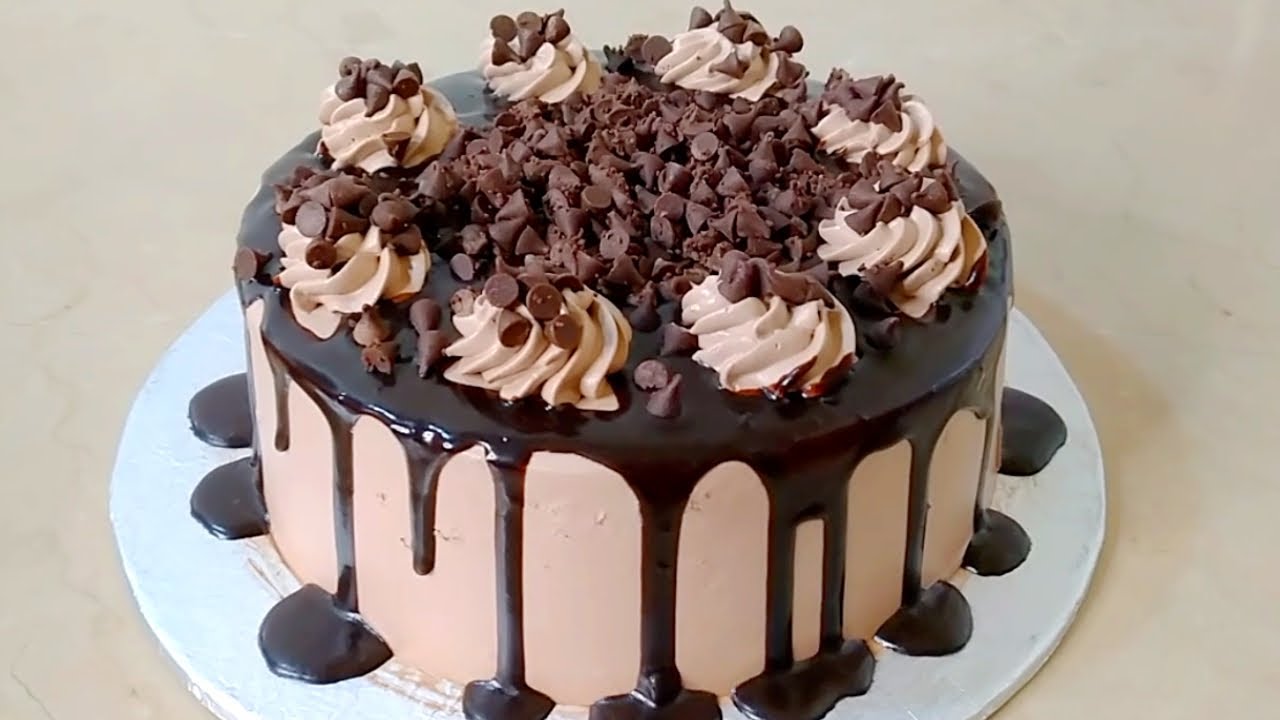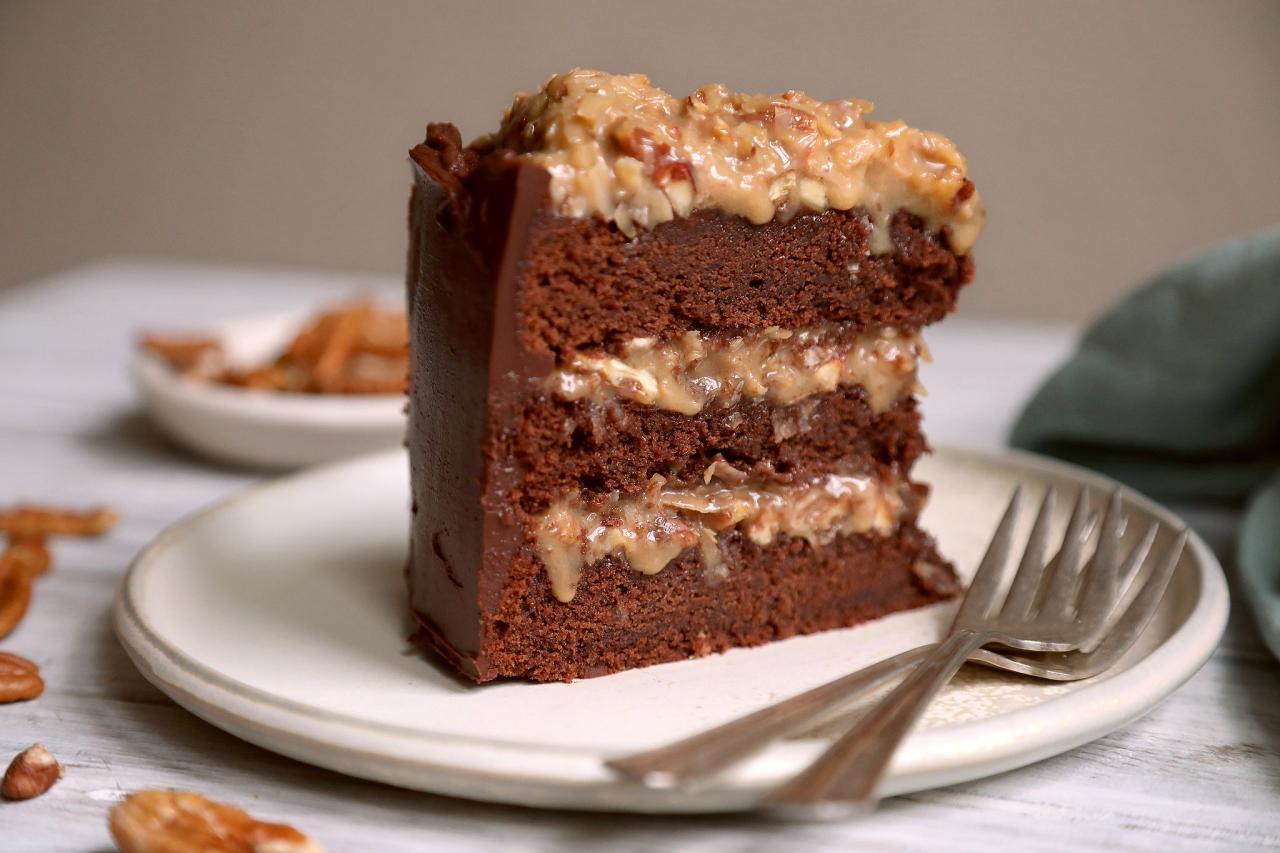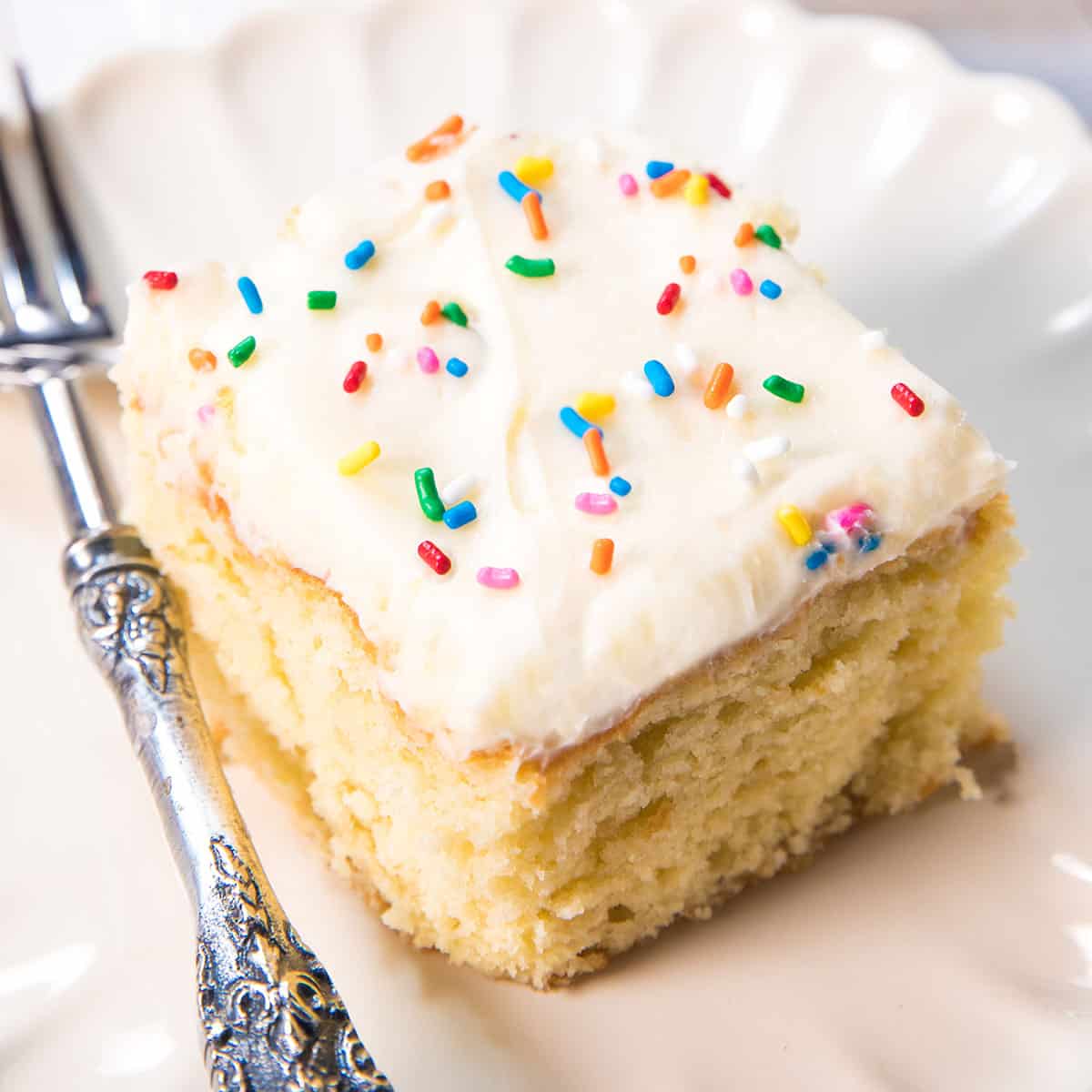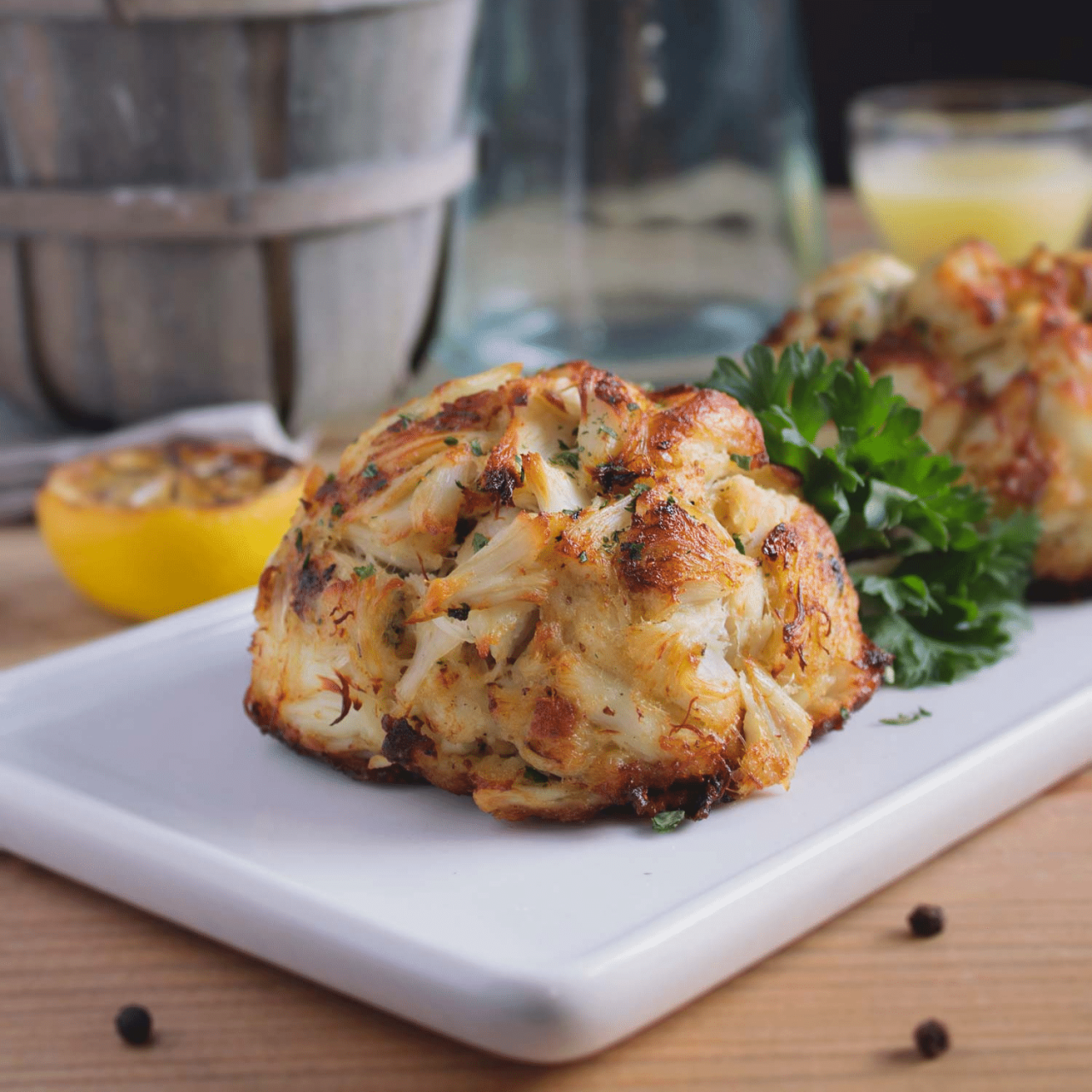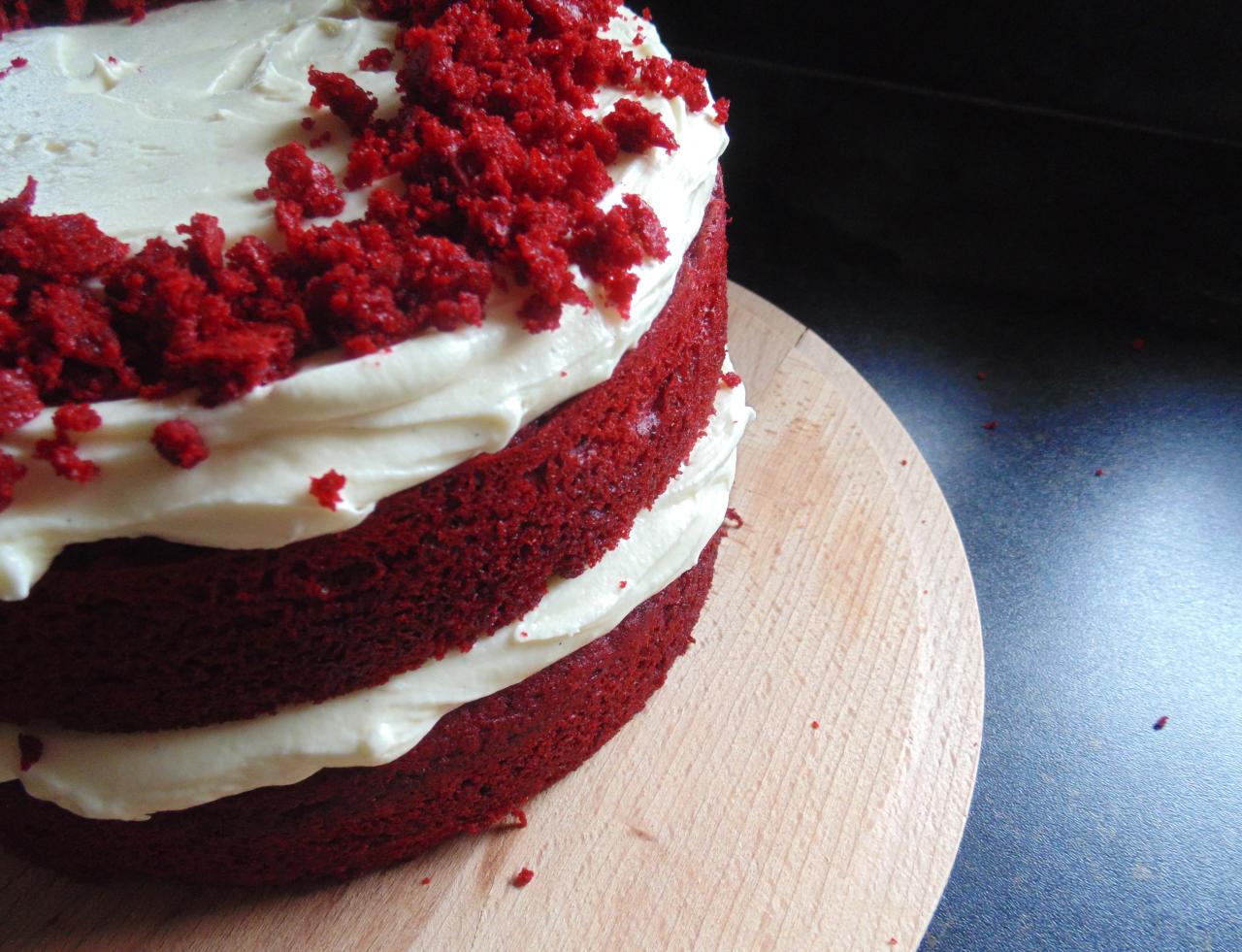Pineapple upside down cake, a culinary masterpiece with a rich history, has captivated taste buds for generations. This iconic dessert, with its caramelized pineapple slices and buttery cake, embodies a delightful blend of sweet and savory flavors. The origins of this beloved treat can be traced back to the early 20th century, where it quickly gained popularity as a symbol of American comfort food.
The recipe’s evolution has been shaped by various cultural influences and culinary innovations, leading to countless variations and reinterpretations. From classic recipes using canned pineapple to modern interpretations incorporating fresh fruit and exotic spices, the pineapple upside down cake continues to inspire bakers and delight dessert enthusiasts around the world.
History and Origins
The pineapple upside-down cake, a beloved dessert known for its caramelized pineapple topping and moist, buttery cake, has a rich history spanning over a century. Its origins can be traced back to the late 19th and early 20th centuries, a time when canned pineapple became readily available, revolutionizing American kitchens and inspiring culinary creativity.
Early Origins and Evolution
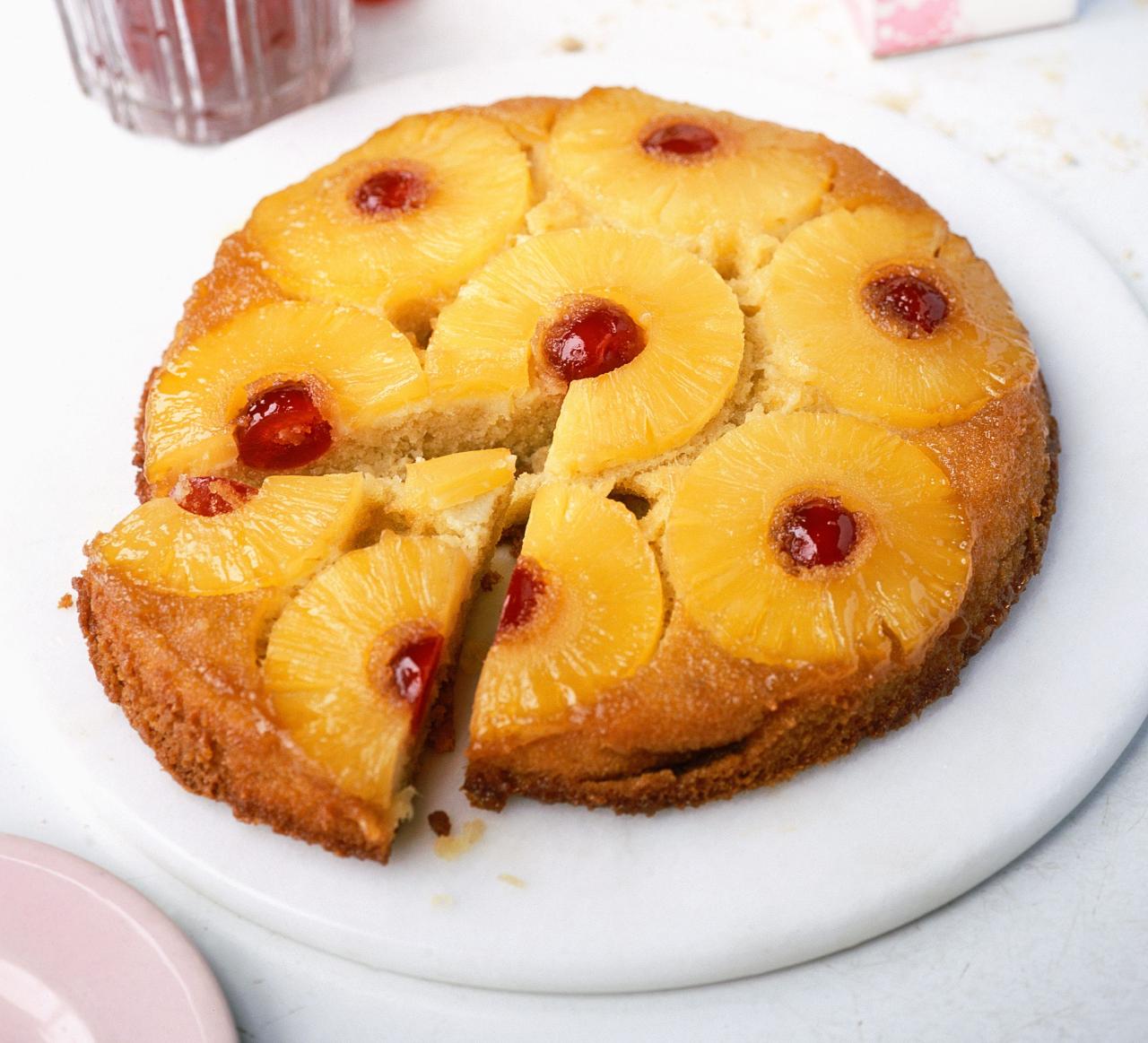
The exact origins of the pineapple upside-down cake are debated, but it is widely believed to have emerged in the United States, likely in the late 19th century. The cake’s popularity coincided with the rise of canned pineapple, which was introduced to the American market in the 1890s.
The availability of this convenient and affordable fruit allowed home cooks to experiment with new and innovative dessert recipes.
Early versions of the pineapple upside-down cake may have been inspired by traditional European fruit cakes, which often featured caramelized fruit toppings. As the recipe evolved, it became increasingly popular in American households, with variations emerging based on regional preferences and culinary traditions.
Interesting Anecdotes and Stories
- One interesting anecdote suggests that the pineapple upside-down cake may have been inspired by a dish called “pineapple ambrosia,” a popular dessert in the early 20th century that featured pineapple slices and maraschino cherries in a sweet custard.
- The cake’s popularity grew rapidly in the 1920s and 1930s, fueled by the rise of home economics classes and the increasing availability of electric ovens.
- During World War II, the pineapple upside-down cake became a symbol of comfort food and nostalgia, as it was often served in military canteens and homes across the country.
Ingredients and Preparation
The pineapple upside-down cake is a relatively simple dessert to make, requiring only a few basic ingredients and a straightforward preparation process. However, the key to a truly delicious and visually appealing cake lies in the careful selection of ingredients and the precise execution of each step.
Ingredients
- Pineapple:The star ingredient of the pineapple upside-down cake, choose ripe, juicy pineapple slices for the best flavor. Canned pineapple rings or chunks can be used for convenience, but fresh pineapple is preferred for a more intense flavor.
- Sugar:Granulated sugar is used to caramelize the pineapple slices and add sweetness to the cake. The amount of sugar can be adjusted based on personal preference.
- Butter:Unsalted butter is used for both caramelizing the pineapple and enriching the cake batter. It adds a rich, buttery flavor and contributes to the cake’s moist texture.
- Eggs:Large eggs are used to bind the cake batter and provide structure. They also contribute to the cake’s richness and color.
- Flour:All-purpose flour is the primary ingredient in the cake batter. It provides the structure and texture of the cake.
- Baking powder:Baking powder is a leavening agent that helps the cake rise and create a light, airy texture.
- Salt:A pinch of salt is added to enhance the flavors of the cake and balance the sweetness.
- Vanilla extract:A small amount of vanilla extract adds a warm, fragrant note to the cake.
Preparation
The preparation of a pineapple upside-down cake involves several distinct steps, each crucial to achieving the desired result.
Caramelizing the Pineapple
- In a heavy-bottomed saucepan, melt the butter over medium heat.
- Add the sugar and stir constantly until it dissolves and turns a rich amber color. This process requires careful attention to prevent burning.
- Arrange the pineapple slices in a single layer in the bottom of a greased and floured bundt pan or a 9-inch square baking pan. Pour the caramelized sugar mixture over the pineapple, ensuring it coats the slices evenly.
Preparing the Cake Batter
- In a large bowl, cream together the butter and sugar until light and fluffy. Gradually add the eggs, one at a time, beating well after each addition.
- In a separate bowl, whisk together the flour, baking powder, and salt. Gradually add the dry ingredients to the wet ingredients, mixing until just combined. Avoid overmixing, as this can result in a tough cake.
- Stir in the vanilla extract. The batter should be smooth and slightly thick.
Assembling the Cake
- Pour the cake batter over the caramelized pineapple slices in the prepared pan, spreading it evenly.
- Bake in a preheated oven at 350°F (175°C) for 45-55 minutes, or until a toothpick inserted into the center comes out clean. The cake should be golden brown on top and spring back when lightly touched.
Baking and Cooling
The baking process is crucial for achieving a moist and flavorful cake with a perfect caramelized crust. The cake should be baked until a toothpick inserted into the center comes out clean. This indicates that the cake is fully cooked and no longer wet.
Once baked, allow the cake to cool in the pan for 10-15 minutes before inverting it onto a serving plate. The caramelized pineapple topping should release easily from the pan, creating a stunning visual presentation.
Tips for a Perfect Caramelized Crust
- Use a heavy-bottomed saucepan for caramelizing the sugar, as it distributes heat evenly and prevents burning.
- Stir the sugar constantly while it melts to ensure even caramelization and prevent scorching.
- Remove the pan from the heat immediately once the sugar reaches the desired color, as it will continue to cook even off the heat.
Variations and Innovations
The pineapple upside-down cake has evolved over the years, with numerous variations and innovations inspired by culinary creativity and regional preferences. These variations offer a diverse range of flavors and textures, catering to different tastes and dietary needs.
Fruit Variations
While pineapple is the traditional fruit used in this cake, other fruits can be substituted or combined to create unique flavor profiles.
- Peaches:Peach slices caramelized with brown sugar and a touch of cinnamon create a warm and comforting variation.
- Cherries:Maraschino cherries or fresh cherries can be added to the caramelized pineapple topping for a classic and festive twist.
- Apples:Sliced apples caramelized with butter, brown sugar, and a hint of nutmeg offer a comforting and autumnal flavor.
- Berries:A mixture of fresh berries, such as blueberries, raspberries, and strawberries, can be used for a bright and tangy variation.
Nut and Spice Variations
Adding nuts and spices to the cake batter or topping can enhance the flavor and texture of the pineapple upside-down cake.
- Macadamia nuts:Toasted macadamia nuts can be added to the batter for a rich and nutty flavor.
- Pecans:Chopped pecans can be sprinkled over the caramelized pineapple topping for a crunchy and savory element.
- Cinnamon:A sprinkle of cinnamon in the batter or topping adds warmth and depth of flavor.
- Nutmeg:A pinch of nutmeg can be added to the batter for a subtle and aromatic flavor.
Modern Interpretations
Modern interpretations of the pineapple upside-down cake often incorporate innovative ingredients and techniques, resulting in unique and sophisticated variations.
- Brown Butter Cake:Using brown butter in the cake batter adds a rich, nutty flavor and enhances the caramelized notes of the topping.
- Spiced Pineapple Topping:Incorporating spices like ginger, cardamom, or cloves into the caramelized pineapple topping adds a complex and aromatic dimension.
- Deconstructed Upside-Down Cake:This modern interpretation involves layering components of the cake separately, such as caramelized pineapple slices, cake crumbs, and whipped cream, for a visually appealing and textural experience.
Unique Pineapple Upside-Down Cake Recipe
Here is a unique pineapple upside-down cake recipe that incorporates innovative elements, such as a brown butter cake batter and a spiced pineapple topping.
Ingredients:
- 1 cup (2 sticks) unsalted butter, divided
- 1 cup granulated sugar
- 2 large eggs
- 1 1/2 cups all-purpose flour
- 1 teaspoon baking powder
- 1/2 teaspoon salt
- 1 teaspoon vanilla extract
- 1 (20-ounce) can sliced pineapple, drained
- 1/4 cup brown sugar
- 1/2 teaspoon ground cinnamon
- 1/4 teaspoon ground ginger
Instructions:
- Preheat oven to 350°F (175°C). Grease and flour a 9-inch square baking pan.
- Make the brown butter: In a saucepan, melt 1/2 cup of the butter over medium heat. Continue cooking, swirling the pan occasionally, until the butter turns a light brown color and emits a nutty aroma. Remove from heat and set aside to cool slightly.
- Caramelize the pineapple: In the same saucepan, melt the remaining 1/2 cup of butter over medium heat. Add the granulated sugar and stir constantly until it dissolves and turns a rich amber color. Add the brown sugar, cinnamon, and ginger, and stir until combined. Arrange the pineapple slices in a single layer in the prepared pan. Pour the caramelized sugar mixture over the pineapple, ensuring it coats the slices evenly.
- Prepare the cake batter: In a large bowl, cream together the cooled brown butter and granulated sugar until light and fluffy. Gradually add the eggs, one at a time, beating well after each addition. In a separate bowl, whisk together the flour, baking powder, and salt. Gradually add the dry ingredients to the wet ingredients, mixing until just combined. Stir in the vanilla extract.
- Assemble the cake: Pour the cake batter over the caramelized pineapple slices in the prepared pan, spreading it evenly. Bake for 45-55 minutes, or until a toothpick inserted into the center comes out clean. Let cool in the pan for 10-15 minutes before inverting onto a serving plate.
Cultural Significance and Popularity
The pineapple upside-down cake holds a special place in culinary history and cultural traditions around the world. Its enduring popularity stems from its delicious flavor, versatility, and association with special occasions and gatherings.
Cultural Significance, Pineapple upside down cake
The pineapple upside-down cake has been a cherished dessert in various regions and countries, reflecting its cultural significance and culinary influence.
- United States:In the United States, the cake is often associated with nostalgia, comfort food, and family gatherings. It is a staple dessert at potlucks, picnics, and holiday celebrations.
- Canada:In Canada, the pineapple upside-down cake is a popular dessert, particularly in the provinces of Ontario and Quebec, where it is often served with a dollop of whipped cream or a scoop of ice cream.
- Australia:In Australia, the cake is a popular dessert, often served with a custard or a scoop of ice cream. It is also a common feature at birthday parties and other special occasions.
Popularity and Enduring Appeal
The pineapple upside-down cake has maintained its popularity over the years, due to its combination of classic flavors, easy preparation, and versatility.
- Versatility:The cake can be easily adapted to suit different dietary needs and preferences, with variations using different fruits, nuts, spices, and gluten-free ingredients.
- Nostalgia:The cake evokes a sense of nostalgia for many people, reminding them of childhood memories and family traditions.
- Visual Appeal:The caramelized pineapple topping creates a stunning visual presentation, making the cake a perfect dessert for special occasions.
Interesting Facts and Trivia
- The pineapple upside-down cake was featured in the popular television show “The Golden Girls,” where it was a favorite dessert of the character Rose Nylund.
- In the 1950s, the cake was often advertised in magazines and newspapers as a “quick and easy” dessert for busy homemakers.
- The cake is a popular choice for potlucks and bake sales, as it is a crowd-pleasing dessert that can be easily transported and served.
Timeline of the Pineapple Upside-Down Cake
- Late 19th century:The pineapple upside-down cake emerges in the United States, likely inspired by traditional European fruit cakes and the availability of canned pineapple.
- Early 20th century:The cake gains popularity in American households, with variations emerging based on regional preferences and culinary traditions.
- 1920s and 1930s:The cake’s popularity grows rapidly, fueled by the rise of home economics classes and the increasing availability of electric ovens.
- World War II:The pineapple upside-down cake becomes a symbol of comfort food and nostalgia, as it is often served in military canteens and homes across the country.
- 1950s and 1960s:The cake is widely advertised in magazines and newspapers as a “quick and easy” dessert for busy homemakers.
- Present day:The pineapple upside-down cake remains a beloved dessert, with numerous variations and innovations reflecting culinary creativity and cultural influences.
Presentation and Serving
The pineapple upside-down cake is a dessert that deserves to be presented beautifully, showcasing its caramelized topping and moist, buttery cake. The presentation and serving style can enhance the overall dining experience, creating a memorable and delightful moment.
Presentation
The presentation of a pineapple upside-down cake should highlight its visual appeal and the caramelized pineapple topping. Here are some tips for presenting the cake beautifully:
- Use a decorative serving plate:Choose a plate that complements the color and texture of the cake, such as a white plate with a subtle design or a rustic wooden platter.
- Garnish with fresh fruit:Adding fresh pineapple slices, maraschino cherries, or other seasonal fruits to the top of the cake enhances its visual appeal and adds a touch of freshness.
- Drizzle with caramel sauce:A drizzle of homemade or store-bought caramel sauce adds a touch of sweetness and glossiness to the cake.
- Sprinkle with powdered sugar:A light dusting of powdered sugar creates a delicate and elegant finish.
Serving
The pineapple upside-down cake is best served warm or at room temperature. It can be enjoyed as a standalone dessert or accompanied by a variety of beverages and desserts.
- Accompanying beverages:The cake pairs well with a variety of beverages, including coffee, tea, milk, and fruit juices.
- Accompanying desserts:The cake can be served with a scoop of vanilla ice cream, whipped cream, or a dollop of custard.
- Table setting:When serving the cake, use a table setting that complements its presentation. Choose a tablecloth, napkins, and silverware that create a cohesive and elegant ambiance.
Ultimate Conclusion: Pineapple Upside Down Cake
The pineapple upside down cake, a testament to culinary creativity and cultural heritage, remains a timeless dessert that transcends generations. Its captivating history, diverse variations, and enduring popularity ensure its continued presence in kitchens and on dessert tables worldwide. Whether enjoyed as a nostalgic treat or a modern culinary delight, this cake continues to enchant with its sweet caramelized flavors and irresistible appeal.

